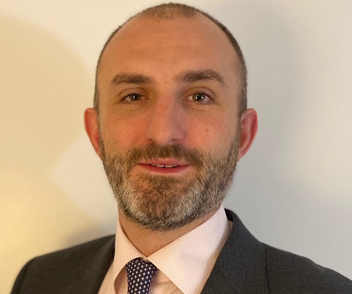1. You have been at the helm of a global liability insurance underwriting team for over a year now. What lessons have you learned?
After a full year in the role, I have relearned a few of the insurance basics I first learned many years ago. The insurance cycle is a challenging one to break and a first-mover is needed. The current insurance cycle is at a challenging point and, if rates and coverages don’t firm up, I would not be surprised if capacity withdraws from the market. Pricing has deteriorated and claims trends such as larger court verdicts, expanded exposures for non-US companies doing business in the US, an increase in automotive parts recalls, liability shifting due to technological advancements (for example, detailed component or ingredient tracking in end products), and rising medical costs are putting pressure on liability insurers. AGCS is committed to writing liability insurance and to do so the team has been charged with being first-movers. We have started adjusting our pricing and terms to reflect a refined appetite and we will continue to do so over the next year. My goal is two-fold: one, to be a reliable long-term partner to our customers; and, two, to do that I need to ensure that liability is a longterm contributor to underwriting profit for AGCS and the Allianz Group.
The next 12 months will be challenging, as we review each account and challenge many customers. However, it is necessary after many years in a soft cycle.
2. Businesses are faced with increasingly serious and potentially more costly exposures in the "smart", digital world like cyber events. How can liability insurance ease some of the uncertainty?
3. In the past, the cost of legal fees discouraged plaintiffs from bringing questionable lawsuits against companies. But, now, third-party litigation funders of class actions are the norm. What concerns you about this trend from an insurance perspective? How can businesses better prepare?
4. Liability insurance exposures can arise from many sources - from third-party actions, products or emerging risks to environmental disasters. Where will liability insurance go next? What are some emerging trends?

Biography Ciara Brady
Ciara Brady joined AGCS in January 2019 from Swiss Re, where she was Head of Casualty Treaty Global and International. In a career spanning almost 20 years in the insurance industry, both in Canada and Switzerland, Brady joined Swiss Re in 2005 in Toronto, and since that time has taken on increasingly senior roles in casualty underwriting. Brady is based in Zurich.
Ciara Brady
Global Head of Liability
+41-44-285-1661
ciara.brady@allianz.com















